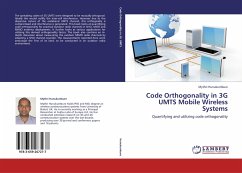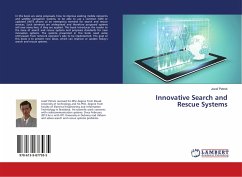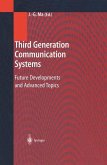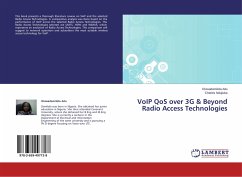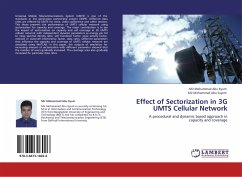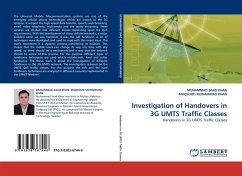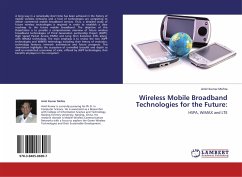The spreading codes of 3G UMTS were designed to be mutually orhogonal. Ideally this would nullify the inter-cell interference. However due to the dispersive nature of the wideband UMTS channel, this orthognality is compromised and interference is generated. This book looks at quantifying code orthogonality for practical outdoor radio channels in SISO, MISO and MIMO antenna deployments. It further looks at various applications for utilizing this derived orthogonality factor. The book also contains an in-depth discussion about measureing the outdoor MIMO radio channels by adapting a SISO channel sounder. The measurements reported here were amoungst the first of its kind, to be conducted in an outdoor radio environment.

